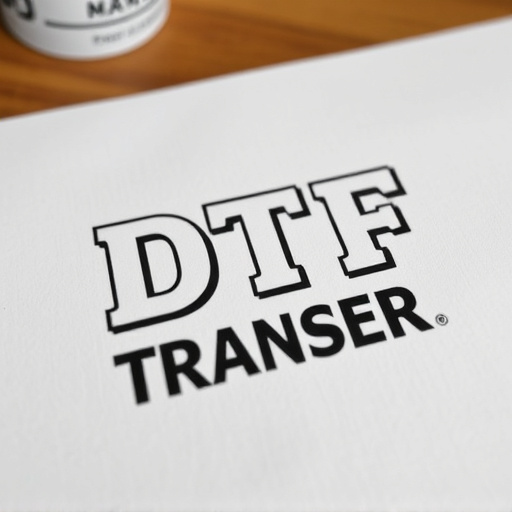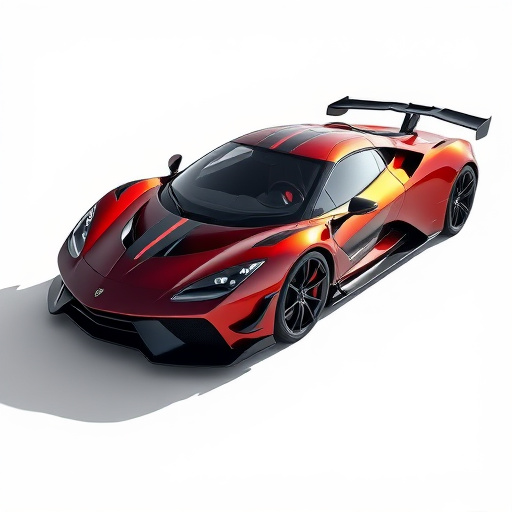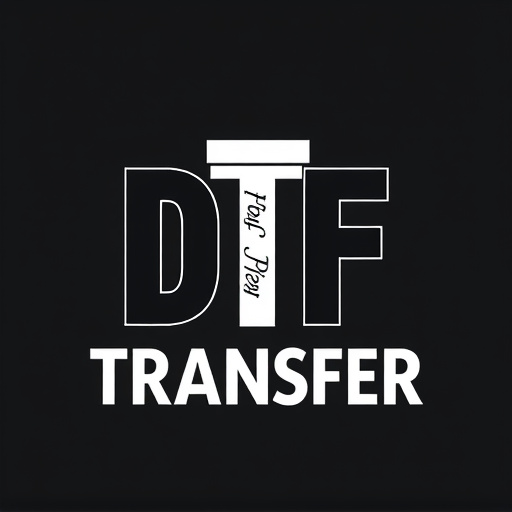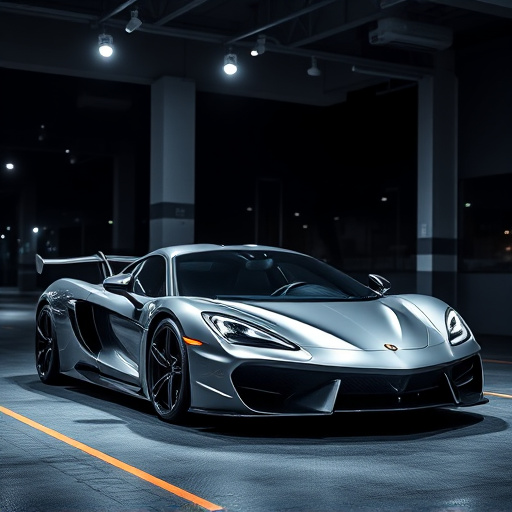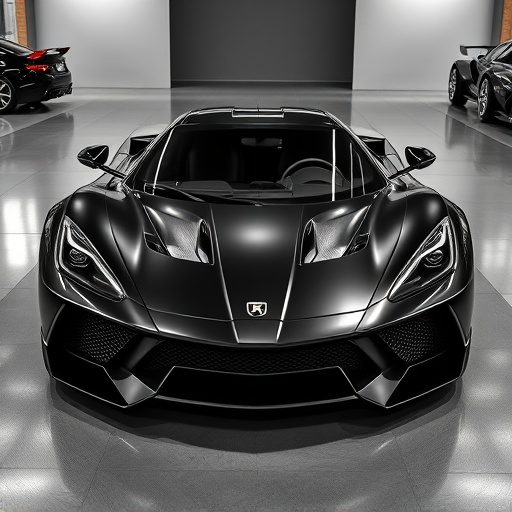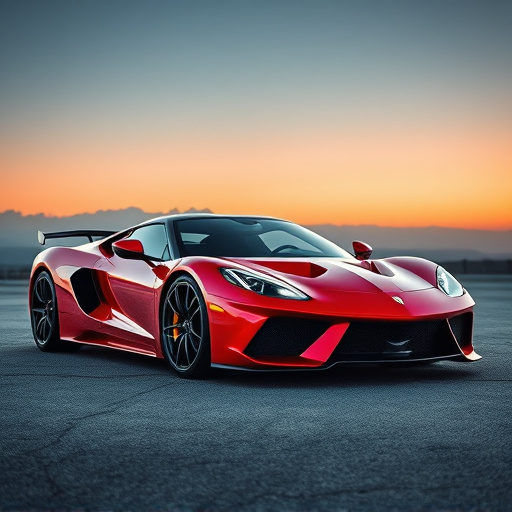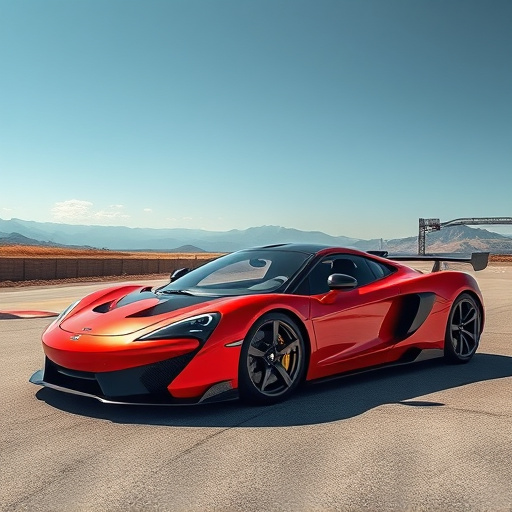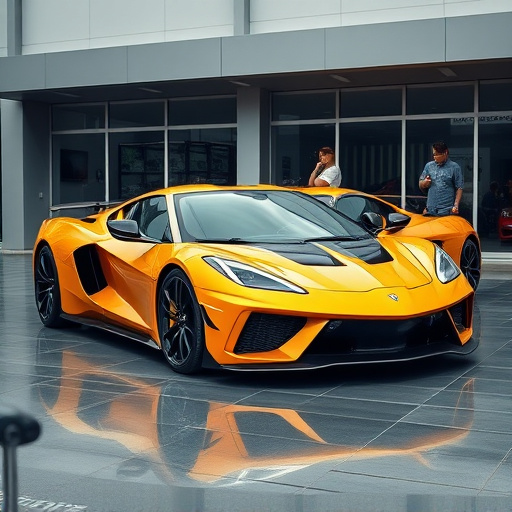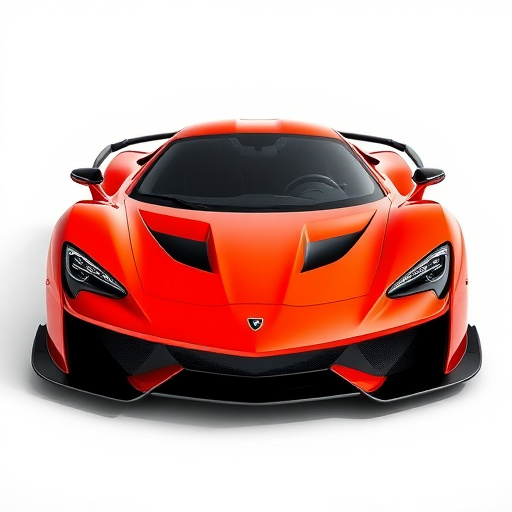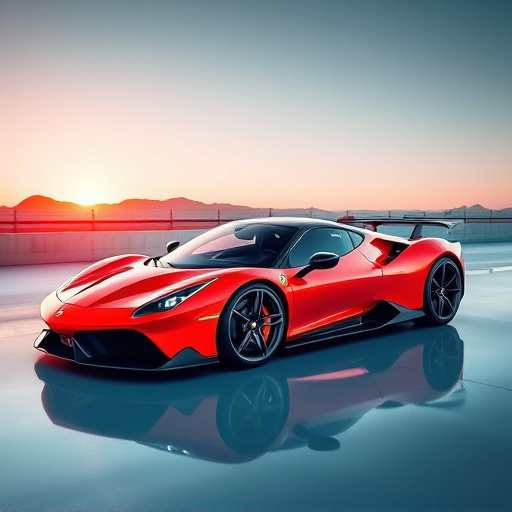Supercharger compatible intakes leverage forced-induction techniques to significantly enhance engine performance. By compressing and delivering more air than atmospheric pressure allows, these systems enable higher compression ratios and efficient fuel injection, resulting in substantial horsepower and torque increases. Key components like superchargers (root-style blowers) or turbochargers tap into either belt drive/electricity (superchargers) or exhaust gas energy (turbochargers) to force air into the intake manifold, improving power output and efficiency, especially in high-performance vehicles. The choice between these technologies depends on desired power, fuel economy needs, and vehicle application.
Forced induction, a game-changer in engine performance, boosts power through compressed air. This article delves into the intricacies of supercharger compatible intakes and forced-induction systems. We start by deciphering forced induction’s role, its key components – superchargers and turbochargers – and advantages over natural aspiration.
Subsequent sections explore design considerations for optimal supercharger integration, from material choices to heat management. We also scrutinize the benefits, applications, and future trends of these systems, highlighting their significant impact on automotive and aviation industries.
- Understanding Forced Induction and Its Components
- – Definition of forced induction
- – Key components: supercharger, turbocharger, and their functions
Understanding Forced Induction and Its Components
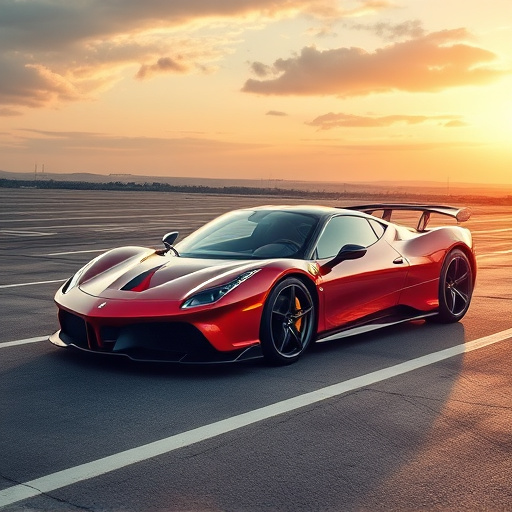
Forced induction is a powerful technique used in automotive engineering to enhance engine performance by forcing more air into the combustion chamber than would be possible through normal atmospheric pressure alone. This process involves the use of components like superchargers or turbochargers, which compress air and deliver it directly to the engine. Supercharger compatible intakes play a crucial role in this system, as they are designed to efficiently draw in large volumes of air from the atmosphere and direct it into the supercharger for compression. These intakes typically include features such as large-diameter pipes, conical filters, and optimized air flow patterns to ensure maximum efficiency.
The components of a forced-induction system work together seamlessly. The supercharger or turbocharger compresses the drawn-in air, increasing its density and pressure. This compressed air is then mixed with fuel and ignited in the engine’s combustion chamber, resulting in a more powerful explosion that drives the vehicle forward. By utilizing supercharger compatible intakes, vehicles equipped with forced-induction systems can achieve significant power gains, making them popular choices among performance enthusiasts.
– Definition of forced induction

Forced induction is a powerful method used to enhance the performance of an internal combustion engine by forcing more air (and subsequently fuel) into the combustion chamber than would be possible through natural intake alone. This process is typically achieved using a supercharger or turbocharger, which compresses the incoming air before it enters the engine. Supercharger compatible intakes are designed specifically for vehicles equipped with superchargers, ensuring optimal airflow and efficiency. These forced-induction systems can significantly boost horsepower and torque, making them popular choices among car enthusiasts and racing teams.
In the context of supercharger compatible intakes, forced-induction designs focus on creating a high-flow, low-restrictive path for air to enter the engine. This involves carefully engineered intake manifolds, air filters, and ducting that facilitate smooth and rapid air movement. Such designs are crucial for maximizing the benefits of supercharging, ensuring the engine receives enough oxygen to support higher compression ratios and fuel injection, resulting in improved engine output and performance.
– Key components: supercharger, turbocharger, and their functions
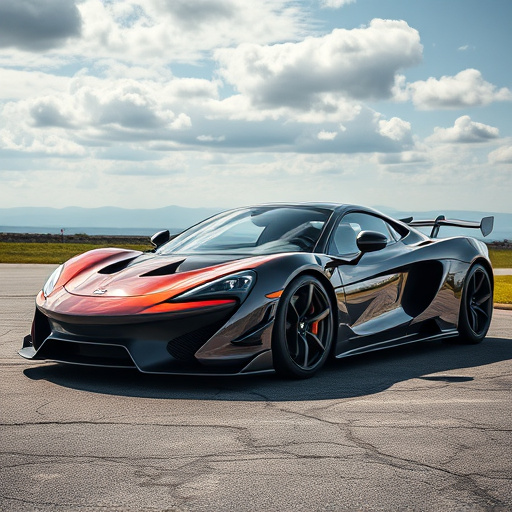
In the realm of forced-induction intake designs, two primary components stand out: the supercharger and the turbocharger. Each plays a crucial role in enhancing engine performance by delivering more air (and subsequently fuel) into the combustion chamber, resulting in increased power and torque. A supercharger, often referred to as a root-style blower, is a belt-driven or electric-powered unit that forces air into the intake manifold at higher pressures than atmospheric pressure. This direct injection of air allows for more efficient burning of fuel, leading to improved horsepower and torque output—a feature especially desirable in high-performance vehicles.
On the other hand, a turbocharger leverages exhaust gas energy to spin a turbine, which in turn drives an compressor to force air into the intake system. Unlike superchargers, turbos can maintain boost pressure across a wider range of engine RPMs, making them particularly effective for modern high-displacement engines. The choice between a supercharger and a turbocharger often depends on factors like desired power output, fuel efficiency concerns, and vehicle application—with each having its own advantages in the context of forced-induction compatible intakes.
Forced induction intake designs, such as those that incorporate superchargers or turbochargers, offer significant performance benefits for vehicles. By forcing more air into the engine, these systems enhance power output and torque, making them popular choices among car enthusiasts. When selecting a forced-induction compatible intake, understanding the unique functions of each component—supercharger or turbocharger—is crucial for achieving optimal performance and efficiency.


